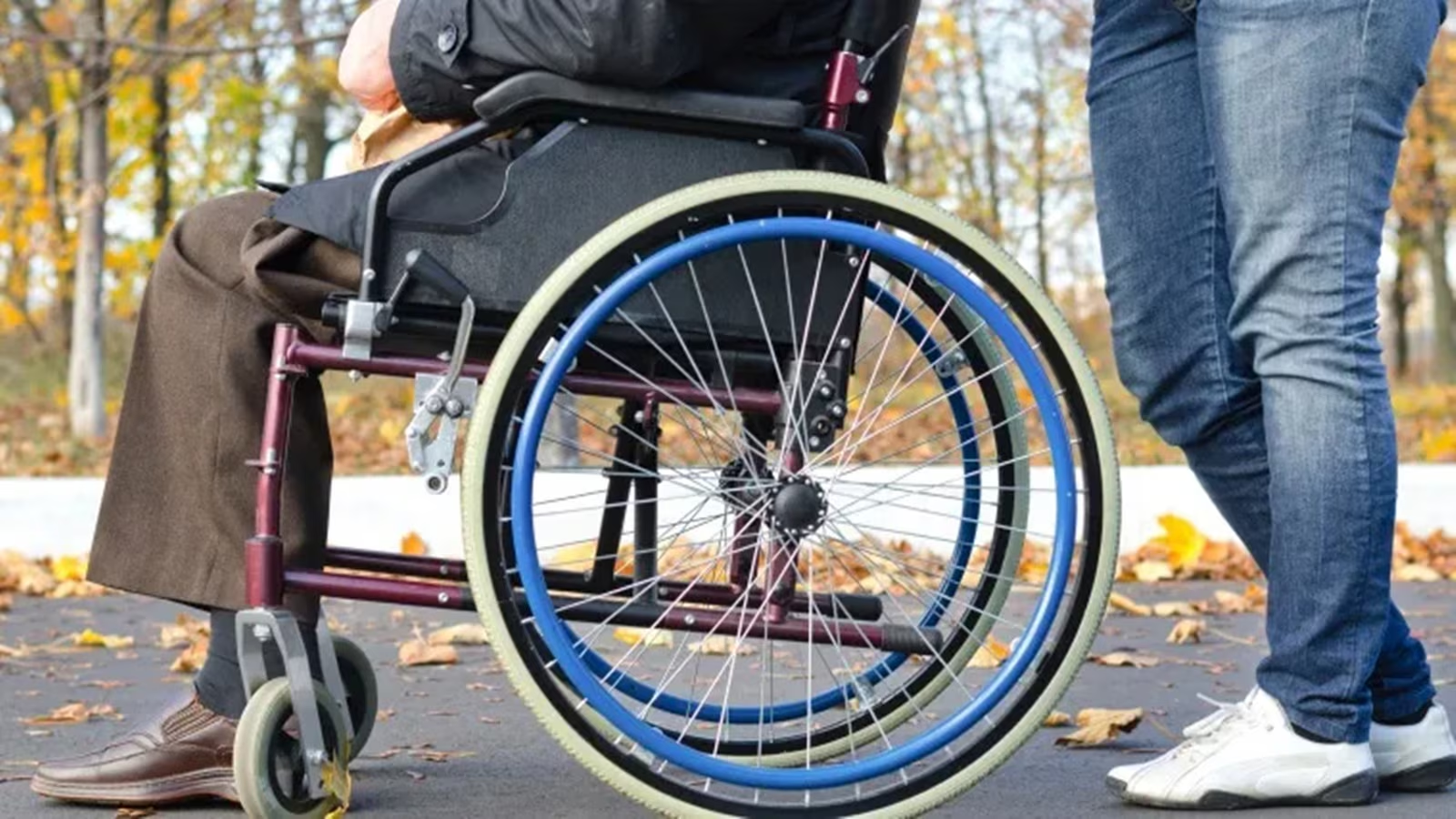- Courses
- GS Full Course 1 Year
- GS Full Course 2 Year
- GS Full Course 3 Year
- GS Full Course Till Selection
- Online Program
- GS Recorded Course
- NCERT (Recorded 500+ Hours)
- Polity Recorded Course
- Geography Recorded Course
- Economy Recorded Course
- AMAC Recorded Course
- Modern India, Post Independence & World History
- Environment Recoded Course
- Governance Recoded Course
- Science & Tech. Recoded Course
- International Relations and Internal Security Recorded Course
- Disaster Management Module Course
- Ethics Recoded Course
- Essay Recoded Course
- Current Affairs Recoded Course
- CSAT
- 5 LAYERED ARJUNA Mentorship
- Public Administration Optional
- ABOUT US
- OUR TOPPERS
- TEST SERIES
- FREE STUDY MATERIAL
- VIDEOS
- CONTACT US
Govt Officials With Disabilities to Get 4% Quota In Housing Pool
Govt Officials With Disabilities to Get 4% Quota In Housing Pool
24-05-2025

Significance: GS I & II (Society);
Why in the News?
Recently, in May 2025, the Ministry of Housing & Urban Affairs announced a landmark policy reserving 4% of central government housing for Persons with Disabilities (PwDs).
- It aligns with the vision of Sabka Saath, Sabka Vikas and the goals of the Sugamya Bharat Abhiyan (Accessible India Campaign).
What was the necessity for this Reservation?
- Long Waiting Periods for Housing: Disabled government officials, especially at the Assistant Section Officer (ASO) level, often faced waiting times of up to 15–18 years to secure government accommodation due to severe shortages.
- Even when housing was available, it was frequently not designed or modified to be accessible for persons with disabilities.
- This forced many to live in hostels or away from their families, impacting their quality of life and workplace participation.
- Now, with the new reservation system, priority allotment is ensured for PwDs.
- Bureaucratic and Social Barriers: Enforcement of accessibility standards (gentle slopes, non-skid surfaces, and handrails) was inconsistent, and officials often did not prioritize the needs of disabled applicants.
- However, the PwDs routinely encountered bureaucratic delays, lack of awareness among officials, and social stigma.
- While the Rights of Persons with Disabilities (RPwD) Act, 2016, mandates equal opportunities and accessibility, its implementation in housing lagged behind.
- The absence of a formal reservation or priority system meant that disabled officials were not guaranteed timely.
- With the new reservation system, there is provision for well established and clear guidelines and monthly priority listing.
- The 4% reservation is intended to promote social inclusion, ensure dignity, and empower persons with disabilities to participate fully in public service and society.
Who are the Beneficiaries?
- The presently declared reservation applies to the allotment of General Pool Residential Accommodation (GPRA), which covers government housing from Assistant Section Officer (ASO) to Director level (up to Type 5 houses).
- The reservation covers over 1.02 lakh GPRA units across 355 locations in 61 cities.
- The Directorate of Estates (Min. of Housing and Urban Affairs) is ensuring that eligible government servants with benchmark disabilities (as defined by the RPwD Act of 2016), are prioritized in the monthly online housing allotment process.
- Proof of eligibility will be established through the Unique Disability ID (UDID) card issued by the government.
What is Sugamya Bharat Abhiyan? (Accessible India Campaign)
- The earlier Persons with Disabilities Act of 1995 focused on welfare but did not give enough attention to making public spaces accessible or empowering people with disabilities to demand their rights.
- India is a signatory to the UN Convention on the Rights of Persons with Disabilities (UNCRPD), which means it has promised to create an accessible environment for all.
-
- To bring accessibility to the forefront of National Development, ‘Sugamya Bharat Abhiyan’ - a flagship initiative was launched in December 2015.
- It is rooted in the vision of "Sabka Sath, Sabka Vikas, Sabka Vishwas," the campaign which ensures inclusive development.
- The campaign was originally planned to end in March 2024, but its goals are now part of a larger government scheme called the ‘Creation of Barrier-Free Environment’, under the Scheme for Implementation of the Rights of Persons with Disabilities Act (SIPDA).
- This shows that making India accessible is an ongoing process, not a one-time effort.
- As the Sugamya Bharat Abhiyan marks its 9th year, it stands as a milestone in India’s journey towards fulfilling its commitment to an inclusive and equitable society.
|
About the Rights of Persons with Disabilities (RPwD) Act, 2016 (Implementation from April 2017)
|
Way Forward: By focusing on -- strict enforcement and monitoring, Universal design standards, and building a continuous policy review mechanism, India can ensure that the 4% reservation becomes a model for inclusive development, empowering persons with disabilities to live with dignity and independence in every sphere of life.



